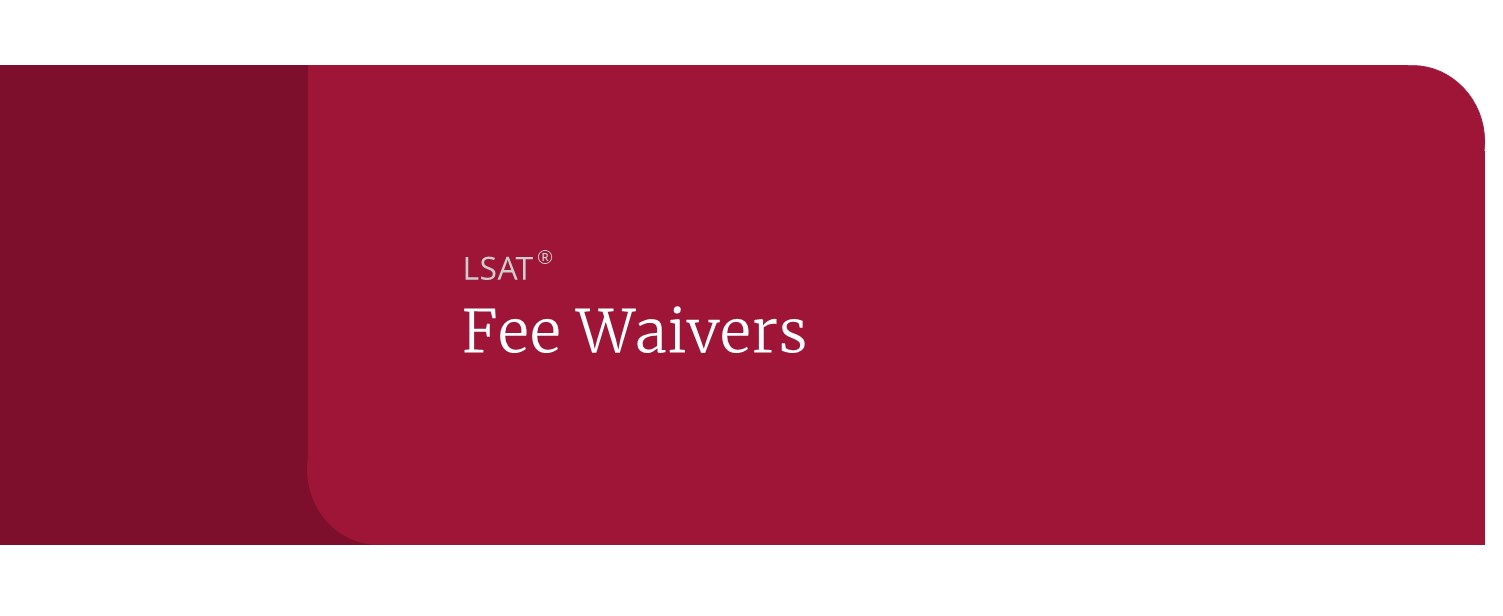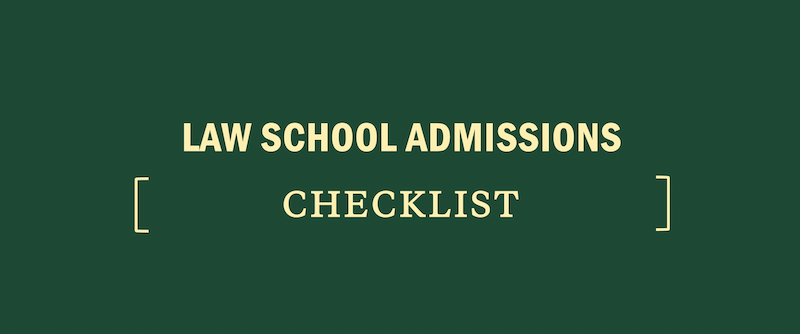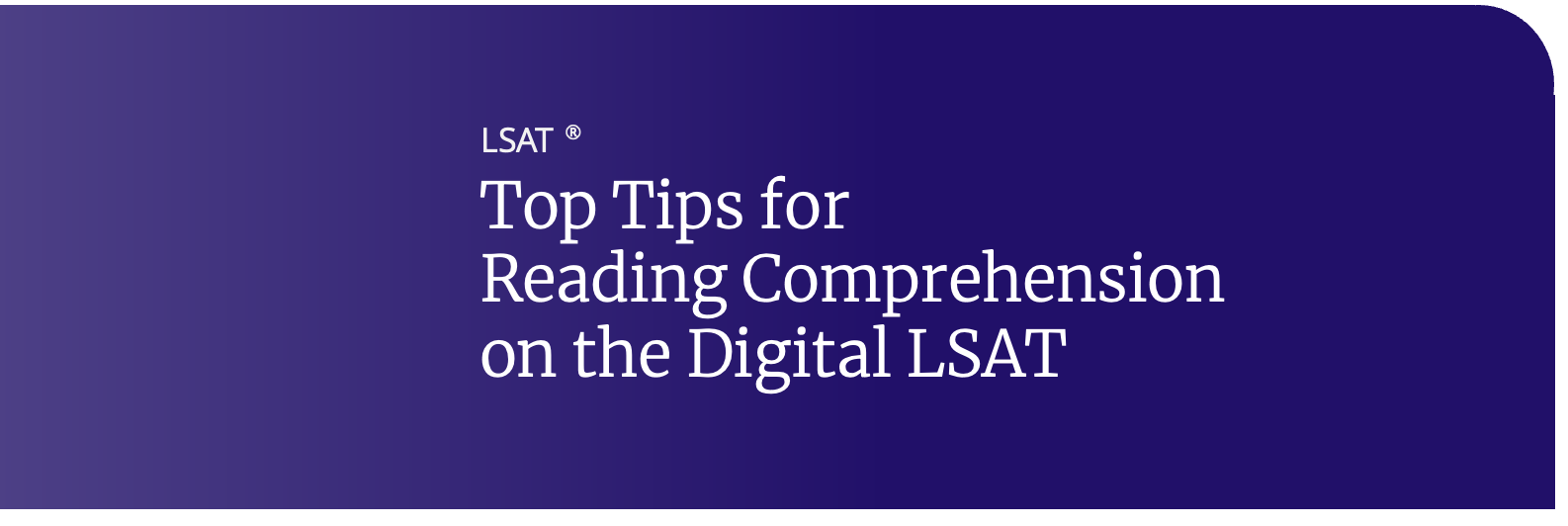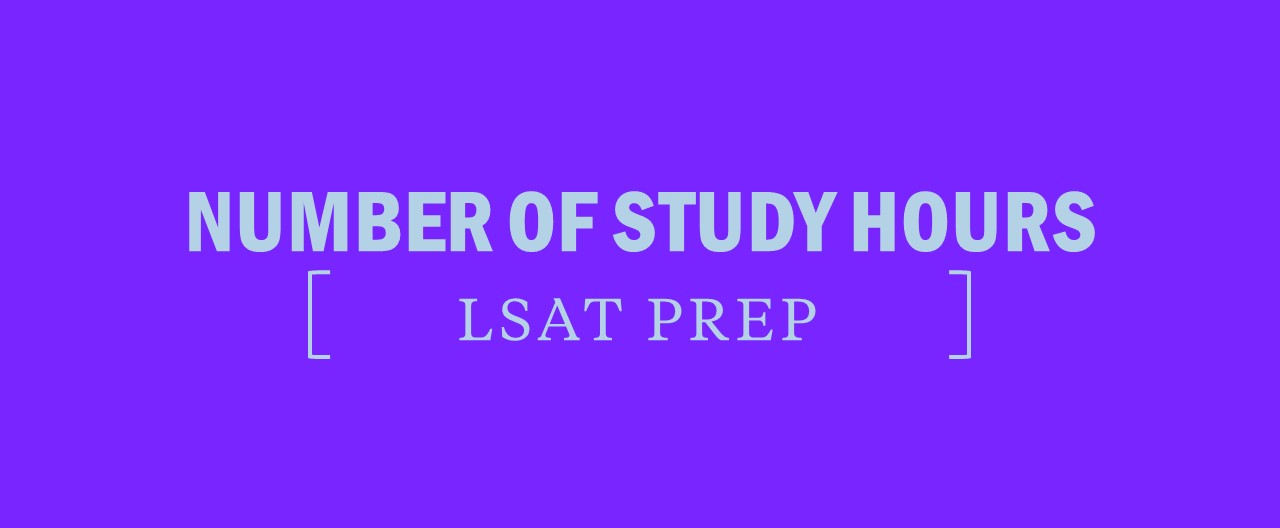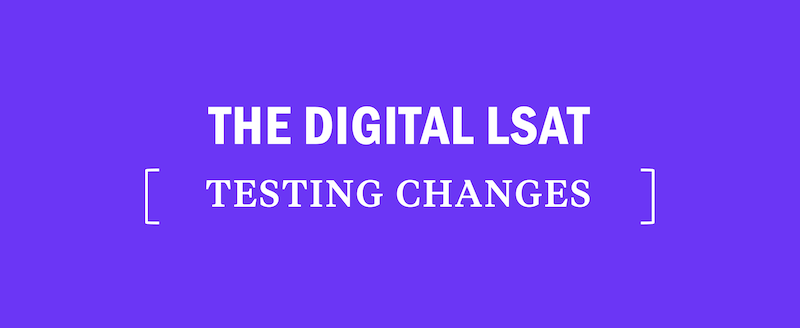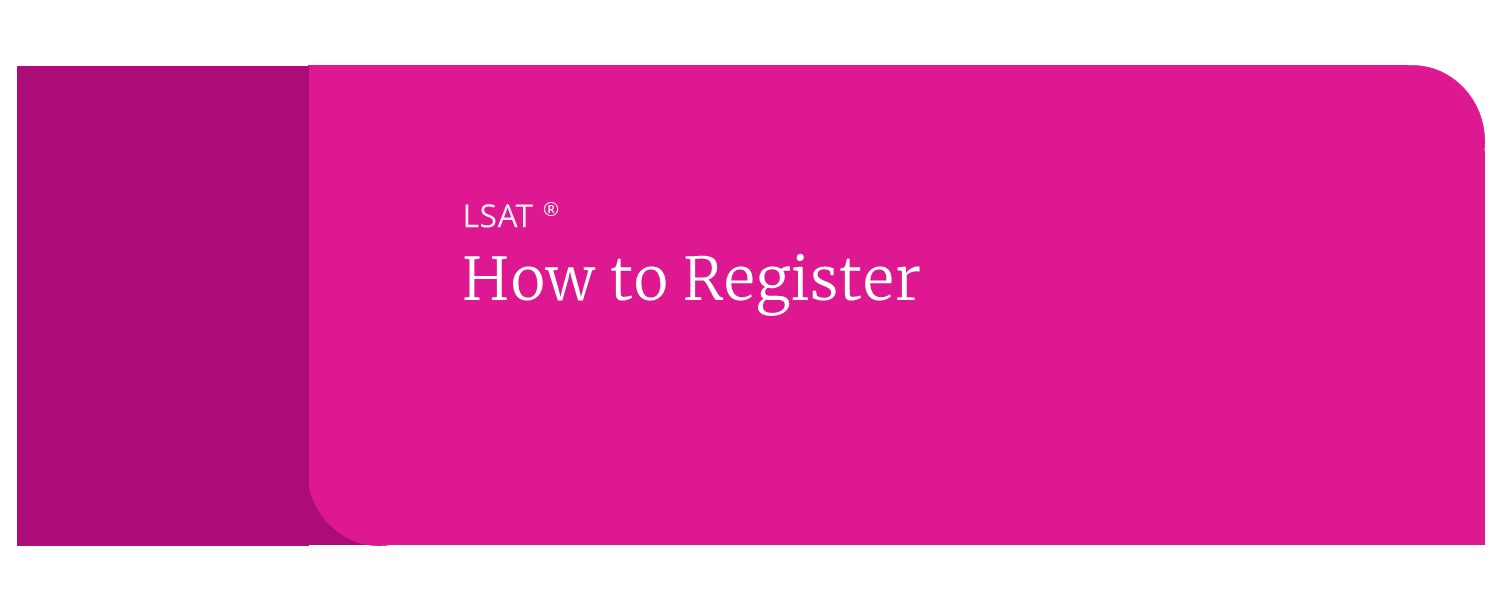What are LSAT Fee Waivers?
The basic fee for taking the LSAT is $215, which may be financially prohibitive for some. In an effort to reduce barriers for law school applicants, the LSAC (the LSAT test maker) grants fee waivers to qualified applicants.
What Do LSAT Fee Waivers Include?
In an effort to ensure that everyone gets a fair shot at receiving a law education regardless of economic status, LSAC has a fee waiver program.
According to LSAC, the fee waiver covers the following expenses:
- An unlimited number of LSATs during the current and following two testing years
- Two LSAT Writing exams
- One CAS (Credential Assembly Service) registration
- Six CAS Law School reports
Who Qualifies for LSAT Fee Waivers?
Fee waivers are only open to those who cannot pay for the LSAT and Credential Assembly Service (CAS). Don’t apply if you’re just reluctant to pay the fees, or you think the LSAT and other law school application components are overpriced. LSAC will reject your application. According to LSAC, in addition to demonstrating extreme need to qualify for the fee waiver you must:
- Be a U.S., Canadian; or
- Be a U.S. National; or
- Be a permanent alien of the U.S. with an alien registration card; or
- Granted deferred action under DACA; or
- Applied for deferred action under DACA; or
- Be a permanent resident of Canada; or
- Be a refugee in Canada
To demonstrate your financial need, you will have to submit tax documentation as requested by the LSAC.
How to Apply for an LSAT Fee Waiver?
First, apply for a fee waiver through your LSAC account. You can apply for a fee waiver up to a year before registration date of your desired LSAT Exam date. You’ll have 45 days after you fill out your application to submit your federal tax forms, a Verification of Nonfiling Form (if you weren’t required to file a federal tax return), and DACA documentation, if applicable.
Your LSAC file will be put on hold until your fee waiver is approved. That doesn’t mean you can’t take the LSAT—it just means that until your waiver is approved, you won’t receive your score and your scores won’t be sent to any law schools.
The LSAC usually takes up to four weeks to review fee waiver applications and any accompanying documentation. You will receive the decision via email. If the LSAC approves your fee waiver, the hold will be lifted from your account and you and any law schools you indicated will receive your LSAT score. Your fee waiver is good for the current and following two testing years.
If the LSAC denies your fee waiver, you may appeal one time. It may take LSAC 2-3 weeks to review your appeal. Appeal decisions are final.
Whether you qualify for LSAT fee waivers or are just trying to keep costs down, there are ways to prepare for the LSAT on a budget.
The first thing you should do is take an LSAT practice test. You can use the results to gauge your readiness for the LSAT and identify specific portions of the LSAT that you need to work on. Based on the results of your practice test and your score goal, you can come up with a study plan for yourself. Spend some time familiarizing yourself with the different sections of the LSAT and study techniques.
If there’s a specific topic you need help on, sign up for a free event with Kaplan to learn some tips and become more familiar with the content. You can also sign up to a LSAT Prep Free Trail to see what taking a course is like.
Kaplan’s Tuition Assistance Program provides financial support to help talented students take advantage of courses that they would not otherwise be able to afford. Every year, we help hundreds of students who would otherwise not have access to test prep courses step up to the same starting line as everyone else. Find out if you are eligible and how to apply.

